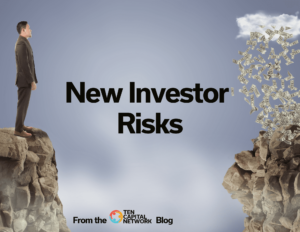
The Future of Work
2 min read The US workforce has faced a tough time amid the COVID-19 pandemic. Currently, the United States is recording over 43 million people unemployed across the country. As the US struggles to find normalcy, many people are wondering: So what is the future of work? The truth is, there’s a lot of exceptional talent out there looking to get back to work and struggling to find the means to do so. The US previously had a problem with employers struggling to find the right talent; this is no longer the case as the scales have shifted. We now have employers struggling to find the right talent amidst thousands of resumes. There are an overwhelming number of qualified applicants to sift through to find the person who is the right fit for both the job and the company. Since so many people are looking for work, there has been a massive uptick in opportunities for upskilling. These people are essentially looking at how they can reskill themselves to get back into the workforce. As a result, online learning platforms like Udemy and Coursera have exploded in popularity, especially considering the current restrictions placed on traditional learning. As businesses attempt to get back to productivity, there has been a significant rise in remote work as both employers and employees adjust to a new working way. While remote work has been rising in popularity, what we see happening is a shift from popular to essential. As we look towards the future of work, we’re going to see continued changes away from what has long been considered the traditional workforce. Remote work, upskilling, and online learning are becoming the “new normal” and providing the building blocks to shift work as we know it altogether. Read more: http://staging.startupfundingespresso.com/eguide/ Hall T. Martin is the founder and CEO of the TEN Capital Network.TEN Capital has been connecting startups with investors for over ten years. You can connect with Hall about fundraising, business growth, and emerging technologies via LinkedIn or email: hallmartin@tencapital.group









